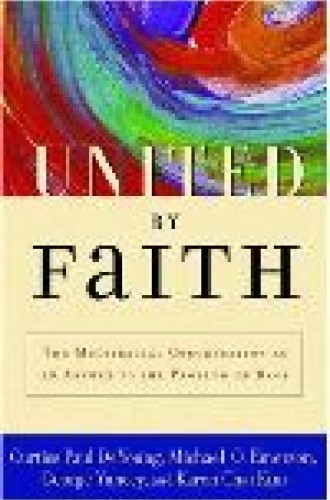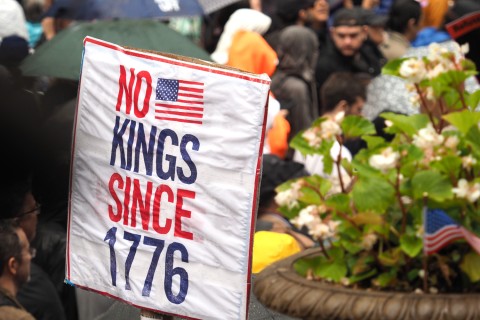United by Faith
"Sunday morning is the most racially segregated hour in America,” the saying goes, and most pastors are well aware that it is true. Many would agree with this book’s claim that “Christian congregations, when possible, should be multiracial,” a claim that rests in part on the premise that multiracial congregations can play an important role in reducing racial division and inequality.
All four authors—Curtiss DeYoung (European American), a professor of reconciliation studies, and three sociologists, Michael Emerson (European American), George Yancey (African American) and Karen Chai Kim (Korean American)—have written extensively on race. They offer a compelling argument for multiracial congregations, based on their “radically inclusive” ministry of Christ and the “core belief of oneness” practiced, though imperfectly, by the New Testament church. They call the church to make the power of the gospel more relevant to race issues.
Helpful chapters discuss congregations and the color line, existing multiracial congregations, arguments for and against maintaining racial segregation, and the promises and challenges of multiracial congregations. Churches that agree to move toward this goal must address two questions: Should some members transfer to a church of a different race? What type of multiracial church is desired? The first question is frequently overlooked but should be given careful consideration. The book spends more time on the second, providing three categories of multiracial congregations (assimilated, pluralist and integrated), each defined by three characteristics (organizational structure, race of leadership, and degree of social interaction by congregants across race lines).
That Christian congregations should (when possible) be multiracial must be one of the most radical ideas of the past 100 years. It requires a new understanding of our beings, collective and individual. The practices of inclusiveness and oneness will change us (for the better). At present fewer than 6 percent of Christian congregations are multiracial (defined as having no more than 80 percent of the congregation belonging to one race) and I am not optimistic that many such churches will quickly come into being. But this book is a beacon of hope.






